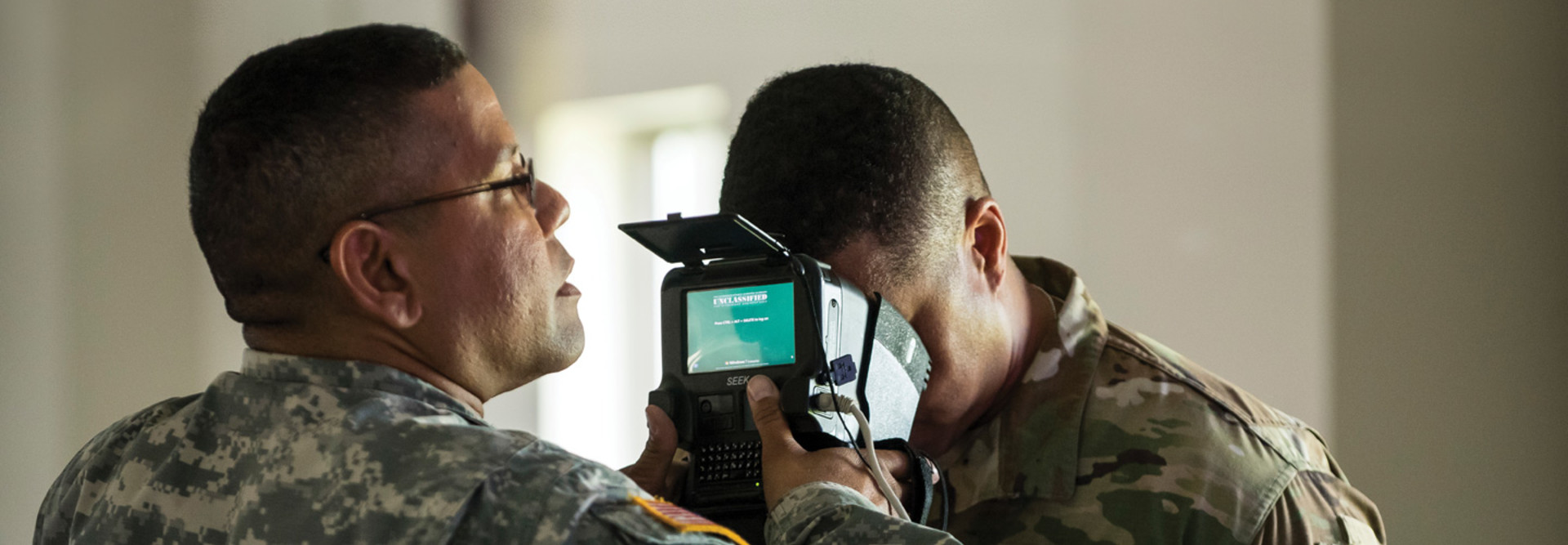DOD Tests Biometric Tech for ID Verification
Defense Department employees gain entry to secure networks or buildings using a Common Access Card with an embedded chip that holds the user’s personal information and access level — data that tells the system it’s safe to unlock the doors.
Once inside, the workers log in to the DOD system the same way that those at most federal agencies do: with a password on a designated computer. But as more people work remotely, agencies need better methods to verify an employee’s identity before he or she can use a classified or proprietary network.
DOD is testing new technology that includes continuous multifactor authentication (CMFA) that could enhance the agency’s traditional security methods with multiple biometric factors such as face/voice recognition or fingerprint.
But it also can read a person’s gait as they walk with a mobile device; detect the location where the person typically works; recognize the person’s typing rhythm; and even anticipate which apps the person will open.
MORE FROM FEDTECH: How to stay on top of the evolving state of identity governance.
DOD Gets More Security Through Advanced Authentication
The latest algorithms do this continuously, checking numerous factors at predetermined intervals, says Army Maj. Nikolaus Ziegler, military deputy in the Emerging Technology Directorate of the Defense Information Systems Agency.
The technology in development for DOD would incorporate a “trust score” based on met authentication criteria, Ziegler says. Those that match a certain number of expectations (giving the system more confidence in who they are) would earn a higher score and a higher level of access to data.
CMFA adds a layer of protection that prevents hacking and unauthorized entry — important for top-level officials who need to retrieve confidential documents while traveling or working at an offsite location, says Dipankar Dasgupta, director of the Center for Information Assurance at the University of Memphis.
Image Identification Accuracy Has Increased
The accuracy of image identification has improved exponentially through AI-driven methods for tagging and classifying visual files online, says Jonathon Phillips, an electronics engineer who evaluates facial recognition algorithms for the National Institute of Standards and Technology.
One of NIST’s latest tests for the FBI, matching mug shot to mug shot, had an accuracy rate of 99.7 percent, says Phillips.
“Considering where the technology was 10 years ago, I’m astounded at the progress that’s been made.”










